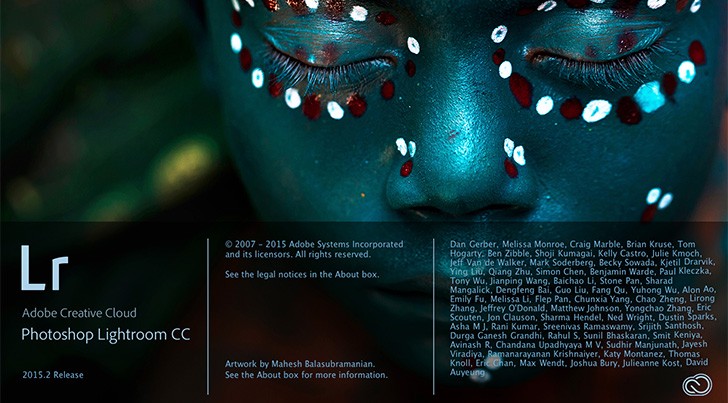

Let’s start with the simple one, Lightroom Classic. Let’s take a closer look at each of them. They are Lightroom CC and Lightroom Classic. Now, however, Adobe has essentially split Lightroom into two different applications. That’s the world we lived in until recently. Instead, new features would be rolled out periodically. With the change to the subscription model, there wouldn’t be big periodic launches. They simply called it Lightroom CC, which stood for Creative Cloud. If nothing else, the system was easy to understand.Īfter that, however, Adobe moved to a subscription model. So we had Lightroom 1.0, 2.0, 3.0, 4.0, 5.0, and 6.0, with each version they added some new features. At first, Adobe was content to come out with periodic new releases and number them.

In the beginning, way back in 2007, there was Lightroom. There are a lot of letters and numbers associated with Lightroom, so it might be helpful to walk through a quick timeline of how we got here. In this article we will take a look at both the new Lightroom CC and Lightroom Classic, so you can choose the one that best meets your needs. When you consider using Lightroom, you will now have two different versions to choose from both are aimed at different audiences. You may have heard that Adobe recently unveiled some pretty significant changes to Lightroom.


 0 kommentar(er)
0 kommentar(er)
